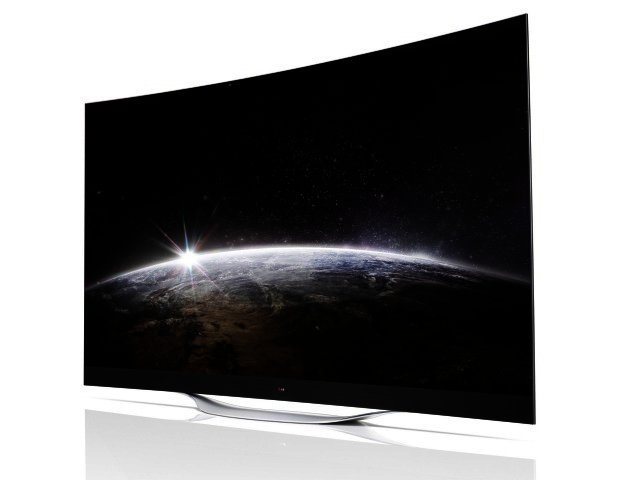The television is a critical component of any home. It’s often the centrepiece of the family room, bringing families and friends together to take in a movie or unwind after a long day at work.
But what makes a good TV a good TV? Is it the brilliance of the colours, or the features it boasts? Is it Internet connectivity capabilities, or simply the set’s ability to be viewed from any angle of a room?
Simply put, great TV performance lies in something called perfect black. LG recently launched a new technology – OLED – that creates light in a completely new way: each pixel emits its own light, enabling the deepest black and highlighting the richest colours available.
In simpler terms, OLED’s pure black is produced by turning off the voltage at the pixel level, previously impossible. Essentially, if the entire screen is showing a black picture, it will appear as though the TV is off. But it’s watching a film or series that really shows off what OLED technology has to offer. The contrast is stunning, showing darker darks and lighter lights.
The inventors of OLED looked to nature as their inspiration. Look up at the night sky in Joburg or Cape Town and you’ll see several stars. But if you find yourself in the middle of the Kruger at night, aside from keeping an eye out for lions on the hunt, you’ll see several times as many stars in the sky. It’s the reduction of light pollution from the noisy city that prevents you from seeing that additional layer of starlight.
TVs are no different. If you can’t achieve perfect black, the light takes away from the other brilliant colours on the screen. You may find the light colours on the screen bleed into the dark, especially when compared to a standard LED television.
On top of that, these OLED TVs have received perfect scores for picture quality, sound and convenience. So, for those of you who wish your TV’s quality to be the Kruger night sky rather than the cityscape, dampening the brilliance of the night sky, look no further than OLED technology.





